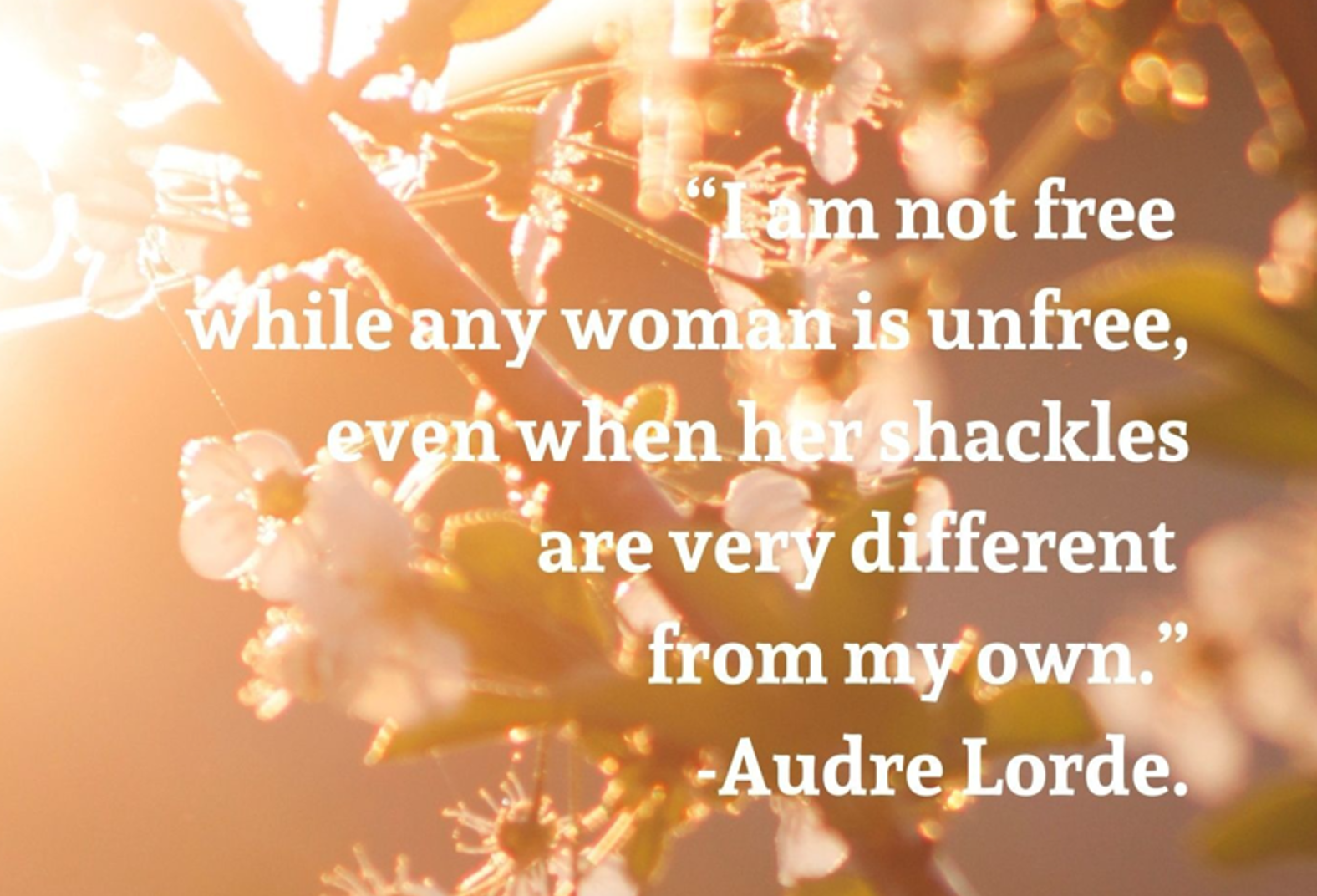
Author: Farah Barakat, Hudara
Diverse environments lead to different questions
The feminist movement around the world is trying to ask: Why are women in this situation? And what can we do about it? Each feminist tradition of thought and movement has its place, regardless of the asymmetries of power in the reality of our lives and in academia. Separately and together, it is a matter of bridging the gap between different worlds and attributing each feminism and its actions to its contextual reasoning and understanding. We must acknowledge that there are different kinds of oppression that women face around the world, and we must acknowledge that this oppression is culturally sensitive and language-bound. Understanding the diversity of the feminist movement should therefore be a reason to advocate for shared solidarity, rather than the creation of hierarchies within the movement itself.
The subaltern as woman is caught between multiple hegemonic regimes of power
This was addressed by Spivak, a central figure in postcolonial theory, in her monumental work, “Can the Subaltern speak?”. Spivak (1988) explains, “if in the context of the colonial production, the subaltern has no history and cannot speak, the subaltern as female is even more deeply in shadow” (p.287). Not, because she lacks a voice, but because she lacks being heard. Using the example of the Indian practice of Sati, in which a widow joins the funeral pyre next to her dead husband, Spivak deciphers how the colonial power, Britain, which criticized and formally banned this practice, did not have the interests of Indian women in mind, but rather wanted to enforce normative ideas and legitimize political rule. On the other hand, she analyzes how Hindu nationalism justified the practice with religious texts and enacted it as an act of resistance against the colonial power. In the midst of these conflicting forces, subaltern women were and are silenced because they have no access to self-determined representation apart from the shackles of white and brown men.
How can the subalterns be represented, or rather, can anyone speak FOR them at all?
This is a question Mohanty (1984) explores in her work on the portrayal of the so-called “Third World woman.” She describes how Western feminism is essentially a product of Western discourses and is dominated by the values and narratives of “white” women who, in short, recycle the doctrines of power of the “white” man. For Mohanty, this makes it important to understand the issues of feminist theory and politics detached from the webs of relations and power created by postcoloniality and global capitalism. Lorde’s (2018) monumental speech titled “The master’s tools will never dismantle the master’s house” was important in paving the way for a decentering of Western feminism, which in its approach to non-Western women was, in short, a continuation of Orientalism; it saw the average “Third World woman” living a sexually restricted and unknowable life defined by victimization, ignorance, and tradition.
Intersectionality
Different forms of inequality often interact and exacerbate each other (Crenshaw, 1989). For instance, if a black woman is fighting for her rights, she is placed in one margin because of her ethnicity; if that woman happens to be queer, another margin is added for her sexuality; if that same woman has a disability, this is another third margin she enters; if she happens to be Muslim or belongs to a religious minority, the same scenario happens again in full force, placing her in different intersections of ethnicity, sexuality, religion, and power, also referred to as “intersectional stigma.” The pursuit of justice and equality for a woman is not synonymous with another woman who does not happen to experience the same intersections. Her life should not be dictated by a white feminism that fails to see the causes and roots of these intersections and how they are shaped by her specific culture and life experiences.
The struggle for rights is united by differences
Feminist activism engages with different issues such as reproduction, labor, poverty, racial discrimination, recognition in public space; depending on the social and cultural reading of oppression. In short, the struggle should be regarded and viewed contextually, nevertheless deep down, all of these movements share the same notion of resistance, self-determination, and freedom. At Hudara, we aim to focus on understanding the contextual factors that make certain groups and individuals vulnerable, such as age, gender, ethnicity, disability, or religion, and work together to put marginalized people at the center of all our efforts.
References
Crenshaw, K. (1989). Demarginalizing the intersection of race and sex: A black feminist critique of anti-discrimination doctrine, feminist theory and antiracist politics. University of Chicago Legal Forum: Vol. 1989: Iss. 1, Article 8.
El Ouardi, F., & Sandy, K. (2019). Third World Women Representation in Western Feminist Discourse: A Critical Study. Arab World English Journal for Translation & Literary Studies, 3 (1) 127-135
Lorde, A. (2018). The master’s tools will never dismantle the master’s house. Penguin Classics.
Morris, R.C. & Spivak, G.C. (2010). Can the Subaltern Speak? Reflections on the History of an Idea. 2010. Print.
Mohanty, C. T. (1984). Under Western Eyes: Feminist Scholarship and Colonial Discourses. Boundary 2, On Humanism and the University I: The Discourse of Humanism, 333-358.












